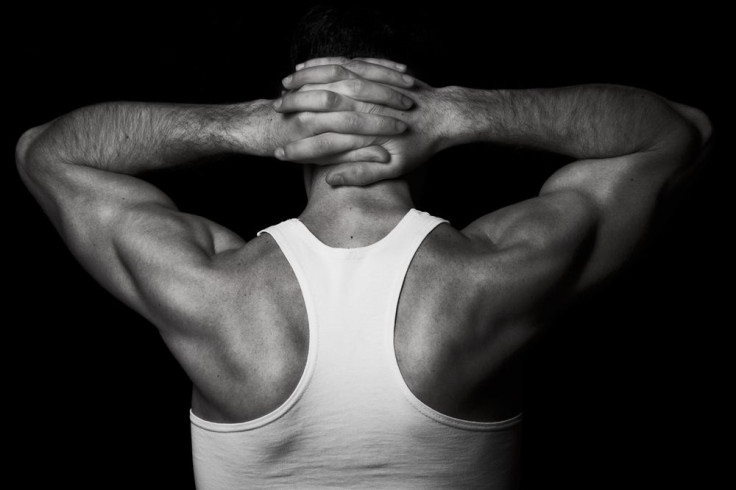Bisexual Men Have Higher Risks Of STDs, But Don't Do Much About It; Tackling A Neglected Group's Sexual Problems

Bisexual men face a particular social stigma, which is rooted in the fact that they have sex with men, therefore branding them not as bisexual, but simply as homosexual. In fact, in a study from last year, 15 percent of participants felt bisexuality wasn’t a “legitimate sexual orientation.” Despite calls for tolerance and equal rights, delegitimizing bisexuality only perpetuates the stereotypes surrounding them. In turn, the psychological distress they face each day may hinder their potential to prevent certain sexual outcomes, a new study from the Centers for Disease Control and Prevention (CDC) says.
“Biphobia can manifest in erroneous beliefs that MSMW (men who have sex with men and women) are gay men who have no disclosed their sexual orientation and, particularly for black men, responsible for HIV transmission to women,” said study author Dr. William Jeffries, of the Division of HIV/AIDS at the CDC’s National Center for HIV/AIDS, Viral Hepatitis, and TB Prevention, in a press release. “Experiencing these sentiments can contribute to MSMW’s social isolation and psychological distress, which in turn may promote HIV/STI risk through substance use, sexual risk behaviors, and the avoidance of prevention services.”
The CDC’s data sheds new light on an already vague issue. Last November, a study on HIV rates among bisexual men found that they were less likely to have HIV than gay men, in part because they were less likely to practice receptive anal sex, the biggest risk factor for HIV transmission. Jeffries’ study also supports this finding, however, it sheds light on a subject that the CDC had previously failed to look into. Whereas the November study found that rates of HIV infection were more comparable to those of heterosexual men than gay men, the current study suggests that these infections are simply going undiagnosed.
Jeffries says that the aforementioned stigmas, along with economic barriers, may lead to fewer men getting tested, higher transmission rates, and thus, a self-perpetuating cycle. This suggestion can be backed up by the fact that bisexual men are also the most likely to be treated for STDs. The study found that 21 percent of bisexual men reported being treated for STDs, including HIV, in the past year, while only 12 percent of gay men and 2.3 percent of heterosexual men underwent treatment.
So, how can we work to reduce these risks? Jeffries came up with four possible interventions. First, he suggests a social marketing campaign using “affirmative images of sexual minority men to counteract the biphobia and homophobia that MSMW experience.” Second, developing a sexuality education program can help kids who identify as bisexual learn about prevention — many of them begin having sex early, do it without a condom, and adopt risky sexual behaviors like increased sexual partners and exchange sex. Third, he suggests opening social spaces where support groups can be grown, and people can learn about and discuss sexual health concerns. And finally, he suggested that health care providers undergo sensitivity training in order to encourage bisexual men to feel more welcome when asking questions.
“Sexual health promotion for MSMW should not be limited to HIV/STI prevention alone,” Jeffries concluded. “Recognition of MSMW’s unique sexual and social experiences can lay the foundation necessary for ensuring that these men have healthy and fulfilling sexual experiences. Purposefully designed and tailored efforts for MSMW are indispensable for improving the sexual health of this vulnerable population.”
Source: Jeffries W. Beyond the Bisexual Bridge: Sexual Health Among U.S. Men Who Have Sex with Men and Women. American Journal of Preventive Medicine. 2014.



























